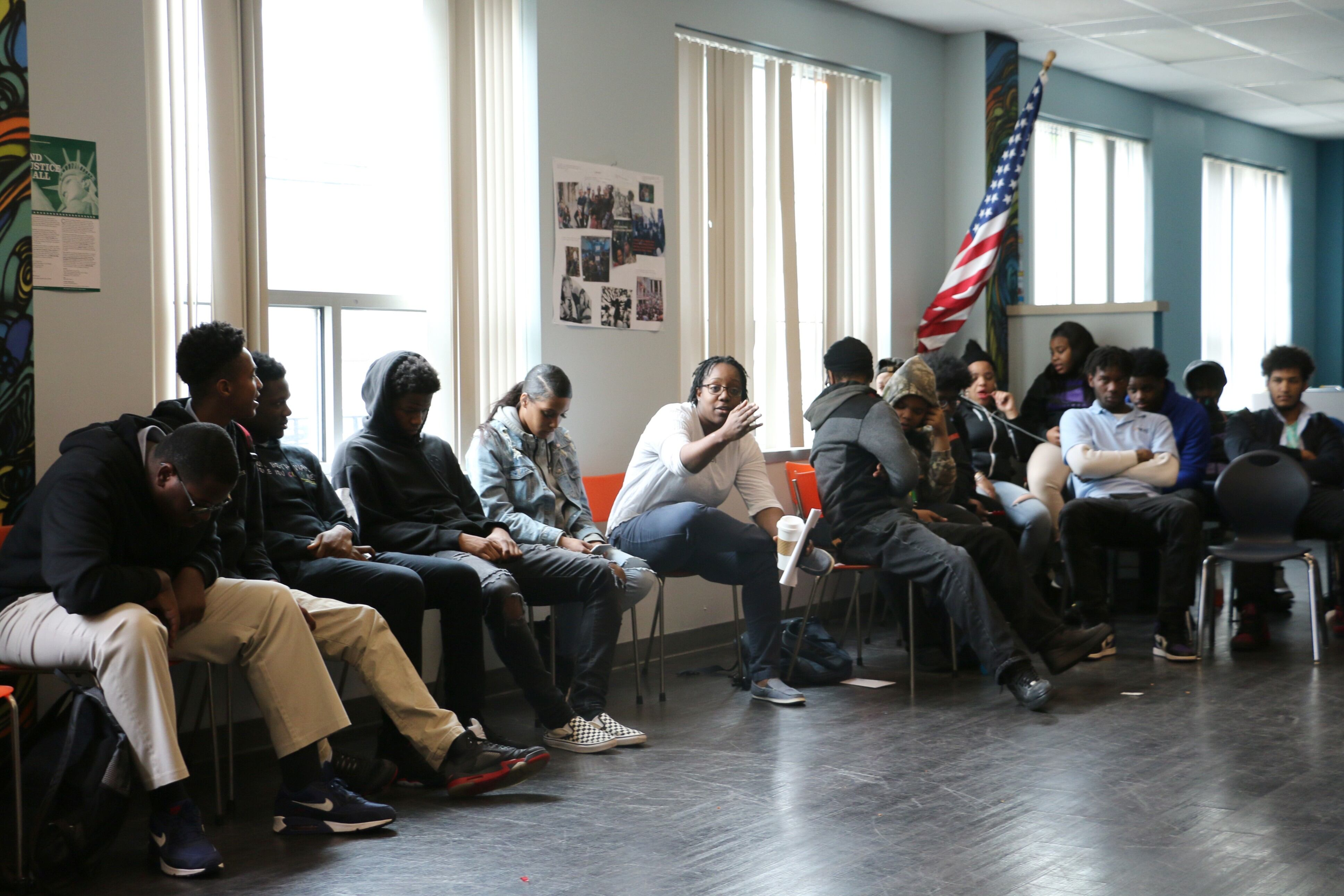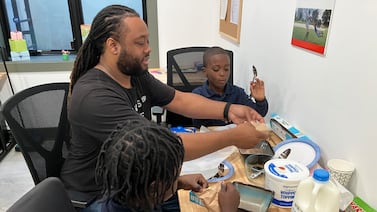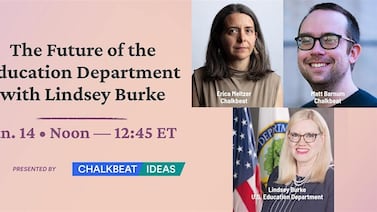Black and Latinx students in New Jersey have less access to school mental health staff today than they did a decade ago, a troubling trend found in a study released this week as the need for such services intensified after the start of the COVID-19 pandemic.
In the last 10 years, as access to mental health staff in schools declined for Black and Latinx students, it increased for white and Asian American students across the state, according to the analysis of state data from New Jersey Policy Perspective, a progressive think tank.
The opposing trends highlight the inequity of access to these school-based resources as Black and Latinx children have a higher chance of living in poverty, going to schools that impose disciplinary actions such as suspensions, and experiencing disproportionate negative effects from the pandemic.
The decline in access to mental health school staff for students of color could be a consequence of years of school underfunding in New Jersey and can’t solely rely on the influx of federal COVID relief money that’s set to dry up by 2024 for a fix, said Mark Weber, author of the report and an education policy analyst.
School leaders and policymakers taking a heightened interest in addressing student mental health issues should be looking at school funding to ensure districts with students of color have the money to get mental health staff in the long term, the report suggests.
“We need to be looking at these things within the racial equity framework that we’re proposing in this report,” Weber said. “It is important to think about how these resources are being distributed unequally among students with different races and different ethnicities.”
The study analyzed state Department of Education school staffing and student enrollment data, looking at the number of nurses, counselors, psychologists, social workers, anti-bullying specialists, and substance use coordinators per 1,000 students by race or ethnicity.
In 2008, public schools across the state had 8.2 mental health staff per 1,000 students on average, which increased to 8.6 staff per 1,000 students in 2020. In that period, mental health staff per 1,000 white students increased from 7.4 to 8.5.
Meanwhile, mental health staff went from 10.3 to 8.5 per 1,000 Black students in that time period. For Latinx students, the ratio also declined from 9 to 8.4 per 1,000.
Access to school mental health staff now hovers around the same ratio of 8.5 staff members per 1,000 students for students across races. But the slump in this ratio for Black and Latinx students is occurring amid a greater need for mental health support.
State health assessment data show that about 25% of Black children under age 5 and 23% of Hispanic children were living in poverty in New Jersey between 2016 and 2020. During that time period, 11.4% of white children and 4.5% of Asian American children were living in poverty, the statistics show.
Living in poverty can lead to a higher risk of mental health illnesses, chronic diseases, and other developmental setbacks in children, according to research on the impact of poverty on health.
The NJPP study on mental health staffing trends also showed that school counselor staffing increased for white students, going from 2.7 per 1,000 white students in 2008 to 3.2 per 1,000 in 2020. But there was a steep drop for Black students, going from 4 counselors per 1,000 Black students in 2008 to 2.6 per 1,000 in 2020.
In Newark Public Schools, the board of education passed a budget for 2022-23 that included an increase in staffing social workers and counselors for the district’s 38,000 students. For this new school year, the budget covers salaries for 45 new social worker positions, for a total of 164 social workers, and one new counselor position, for a total of 89 counselors.
If those positions are filled, the current ratio of 483 students to one counselor, which is far above the American School Counselor Association’s recommended 250 students to one counselor, could be slightly improved.
Cultural perspectives are often overlooked
Another component of addressing students’ mental health needs is the stigma that still persists in some communities today, said Kirk Johnson, assistant professor of justice studies and medical humanities at Montclair State University.
“Religion and spirituality are still very important in people’s lives, especially in Black and Latinx communities,” Johnson said. “Some families feel that if they have mental health issues, they should leave it to God, pray about it, and use spiritual and religious practices to reconcile those issues.”
There may be hesitation among Black and Latinx students to go to a school counselor and open up about issues going on internally or at home, Johnson said, adding that addressing the stigma with students and their families is key.
“That cultural and religious dynamic is a big one that I think we often overlook but adds more to this conversation about mental health access and actually using those available resources,” he said.
Weber said that underfunded school districts have a more difficult time getting the necessary staff to provide students with mental health resources they need.
“When you have an underfunded school, you have fewer music teachers, art teachers, gym teachers, nurses, science teachers,” Weber said in a virtual news conference on Wednesday. “There’s no reason to believe that that isn’t the case with school guidance counselors.”
He added that policymakers should be focusing on adequately funding school districts such as Newark.
“This has been a problem that has been occurring over a decade and a half, and if we have a long-term problem, we have to have a long-term solution,” said Weber. “While it’s very useful to have federal funds, we cannot rely on them to be the sole solution for this problem.”
Catherine Carrera is the bureau chief for Chalkbeat Newark, covering the city’s K-12 schools with a focus on English language learners. Contact Catherine at ccarrera@chalkbeat.org.







